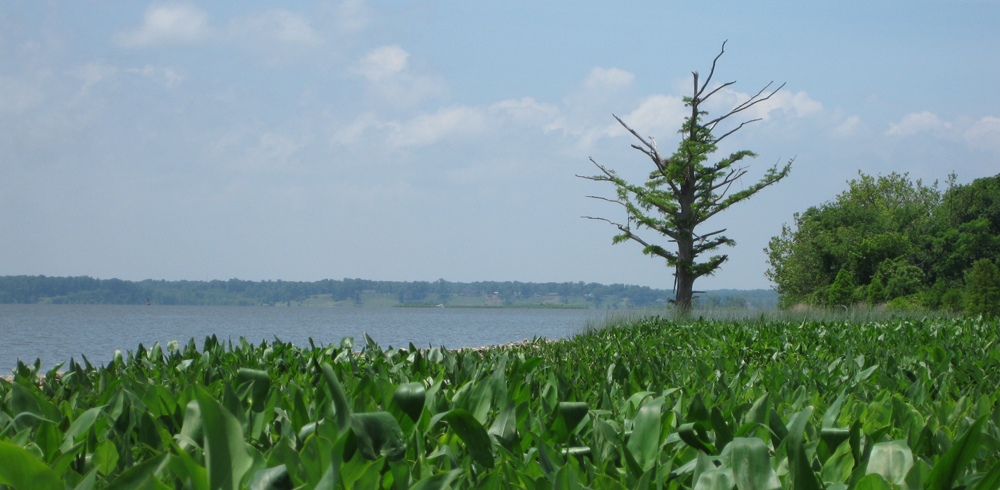The latest annual report card for the Chesapeake Bay and its tributaries, issued by the University of Maryland, showed the overall health score for the James River increased four points from 50% in 2018 to 54% in 2019. Chesapeake Bay health declined 3 points from 47% to 44%. The James is one of the few areas of the Chesapeake that showed improvement and remained the highest rated major tributary, but its score still fell short of the B- reached in 2017.
The James River and the rest of the Chesapeake Bay are strained by too much pollution exacerbated by high levels of rain and runoff in 2018 and 2019, as well as by increasing water temperatures in 2019. Higher water temperatures cause stress for some important aquatic animals and plants, and also increase algae levels that block sunlight from underwater grasses and can produce toxins that harm aquatic life and humans.
Consequently, the indicator that decreased the most in 2019 was the Benthic Community, like worms, clams and other aquatic life that live at the river bottom. Because they cannot move, benthic communities are vulnerable to environmental conditions, which makes them good indicators for river health. Additionally, water clarity remained at very poor levels and was the lowest scoring indicator for not only the James but the entire Chesapeake.
In order to keep the James River’s comeback coming, we cannot let up on implementing the Commonwealth’s cleanup plans for the James River and Chesapeake Bay. The decreased overall health scores over the past two years demonstrates that if we do not press forward, we risk sliding backward.
Virginia recently updated its plans for the Chesapeake Bay and renewed its commitment to reach the proposed goals by 2025. These plans call for a reduction of 25% in our nitrogen loads, 24% in phosphorus and 20% in sediment that pollutes the James River, as well as renewed efforts in agriculture, wastewater, and urban stormwater to help close the gap between where we are and where we need to be by 2025.
As the Commonwealth and communities across Virginia face the difficult task of protecting public health and rebuilding struggling economies in the wake of a global pandemic, clean water can and should be a part of the solution. We encourage our elected officials to maintain sufficient funding for the water quality projects that provide local jobs, leverage federal resources, and provide clean drinking water for future generations.

